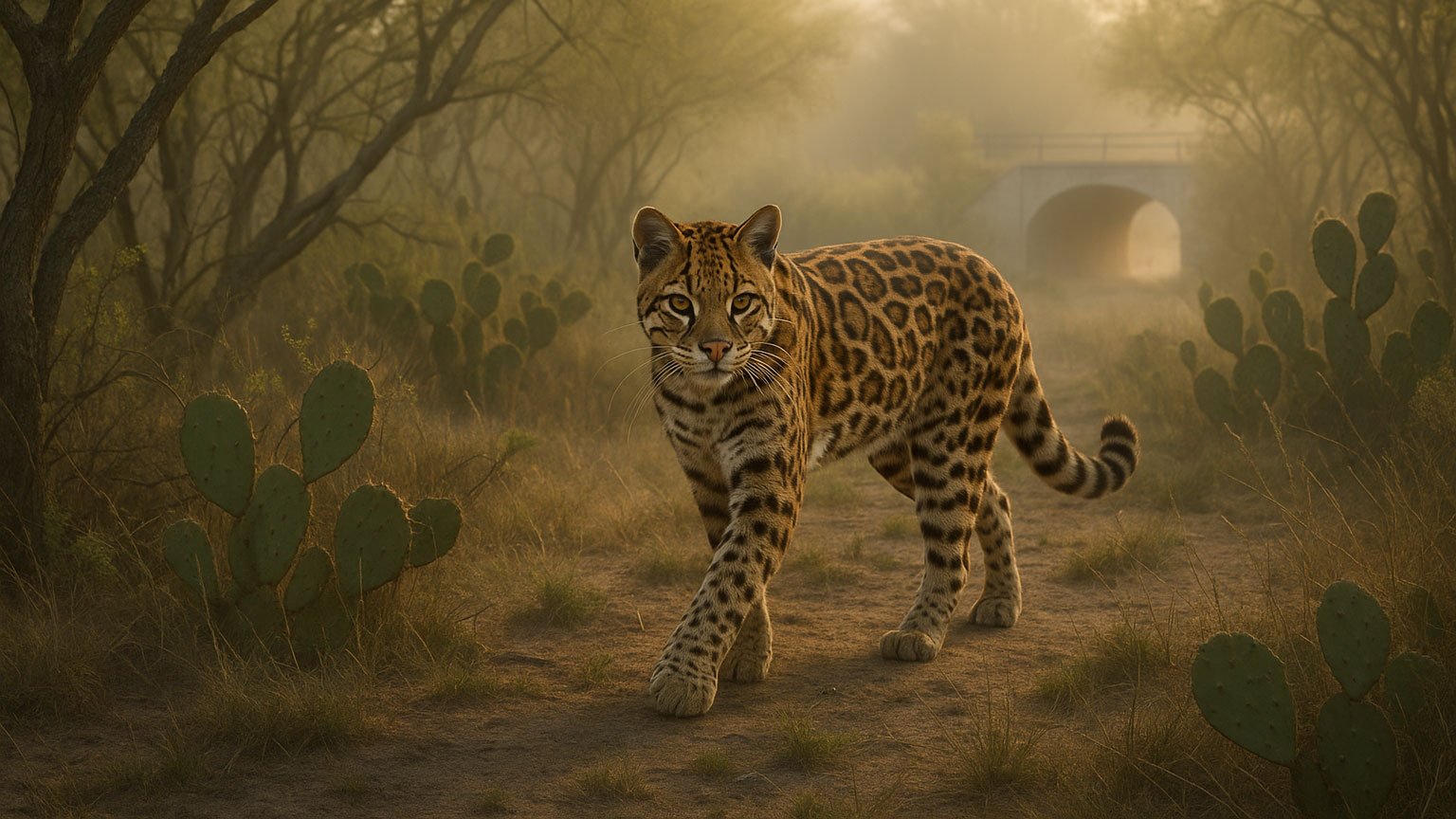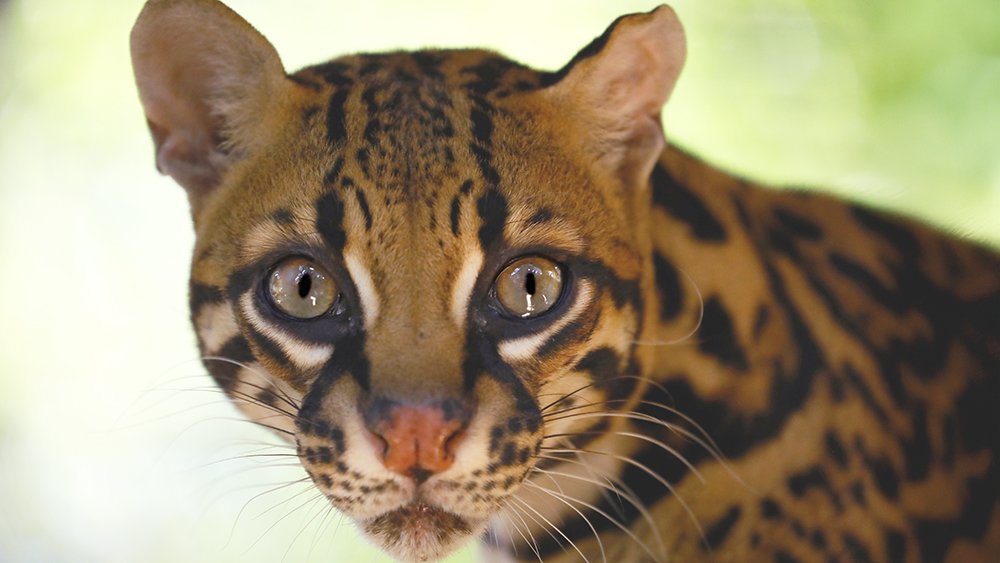Ghosts of the Thornscrub: The Last Ocelots of Texas
In the tangled shadows of Texas' thornscrub forests, a ghost moves silently. Spotted like a leopard, graceful as a dancer, the ocelot is one of North America’s most elusive and endangered wildcats. Fewer than 100 remain in the entire United States—and all of them are in Texas.
Once, these stunning cats roamed freely across Arizona, Arkansas, and Louisiana. But decades of habitat loss, road construction, and hunting erased them from nearly every state. Now, just two small breeding populations are left—both in South Texas—and their future teeters on the edge.
But this is not a story of despair. It’s a story of survival, resilience, and the fierce efforts of conservationists, wildlife agencies, and ordinary citizens fighting to protect these wild spirits of the scrub.
A Cat on the Brink
The U.S. Fish and Wildlife Service estimates that fewer than 100 ocelots survive in the United States today. (The Caesar Kleberg Wildlife Research Institute believes that number to be 120. ) The majority live in or near the Laguna Atascosa National Wildlife Refuge, where dense brush offers them rare shelter in an otherwise vanishing habitat.
Ocelots are nocturnal and notoriously secretive. Weighing around 20–35 pounds and standing just under two feet tall, they move like whispers through dense undergrowth, hunting rabbits, rodents, birds, and reptiles. But the greatest threats they face aren’t predators—they’re highways, habitat loss, and isolation.
Highways and Heartbreak
For these remaining ocelots, traffic is deadly. Vehicle strikes are the leading cause of death among the Texas population. Since 1991, over 40 ocelots have been killed on Texas roads. These aren’t just numbers. Each loss is a blow to a fragile gene pool, a disruption to potential mates, and often the end of a family line.
Wildlife crossings—like the underpass completed beneath FM 106 in 2018—offer some hope. Trail cameras have confirmed that ocelots are using them. But more crossings are needed, and fast, before this precious population disappears.
Private Lands, Public Hope
Over 95% of Texas land is privately owned, and that means the ocelot’s fate is in human hands—especially ranchers and farmers. Thankfully, many landowners are stepping up.
Through habitat agreements with conservation groups and agencies, private landowners are restoring thornscrub and planting native brush. These aren't just cosmetic efforts—they’re lifelines. Ocelots require dense cover for denning and hunting. Every restored acre matters.
Still, there’s a catch. Because these cats are so rare, their presence can trigger regulatory burdens under the Endangered Species Act. Some landowners fear that allowing ocelots to live on their property might invite restrictions. Conservation groups are working to ease those fears by offering support, resources, and assurances that coexistence is possible—and worth it.
A Genetic Crisis
Another challenge is genetic diversity. With such a small population, inbreeding is a serious threat. The two Texas populations are separated by roughly 130 miles, and no known interbreeding occurs. Without new bloodlines, genetic bottlenecking weakens the population’s resilience.
Some conservationists are exploring translocations—moving ocelots from Mexico, where larger populations exist, to Texas. This is delicate, controversial work. It requires careful genetic, ecological, and political considerations. But it may become necessary to prevent extinction.
The Power of the Public
Perhaps the most powerful force for change is you.
Support wildlife crossings: Advocate for safe corridors and underpasses in high-risk areas.
Promote native habitat: Whether you're a landowner or city dweller, planting native brush helps.
Reject exotic pet trade: Ocelots do not belong in homes or cages. Buying, breeding, or supporting exotic pet ownership only fuels black markets and takes conservation backwards.
Share their story: Most people don’t know ocelots still exist in the U.S. Awareness is protection.
And most of all—support organizations that fund and facilitate real, on-the-ground conservation. At Big Cat Rescue, we’ve shifted our mission to saving wildcats in the wild. That means funding field research, restoring habitats, and fighting laws that enable exploitation.
Hope in the Brush
Despite the odds, there is hope.
Ocelots have proven they can adapt. They’ve survived floods, fires, hurricanes, and centuries of human expansion. All they need is space, safe passage, and a little compassion.
Let’s not let this be another story of what we lost. Let it be a story of how we turned things around—of how we listened to the whisper of pawprints in the dust and chose to follow them into a wilder, more hopeful world.
Read more: https://www.chron.com/life/wildlife/article/texas-ocelots-endangered-20298204.php










